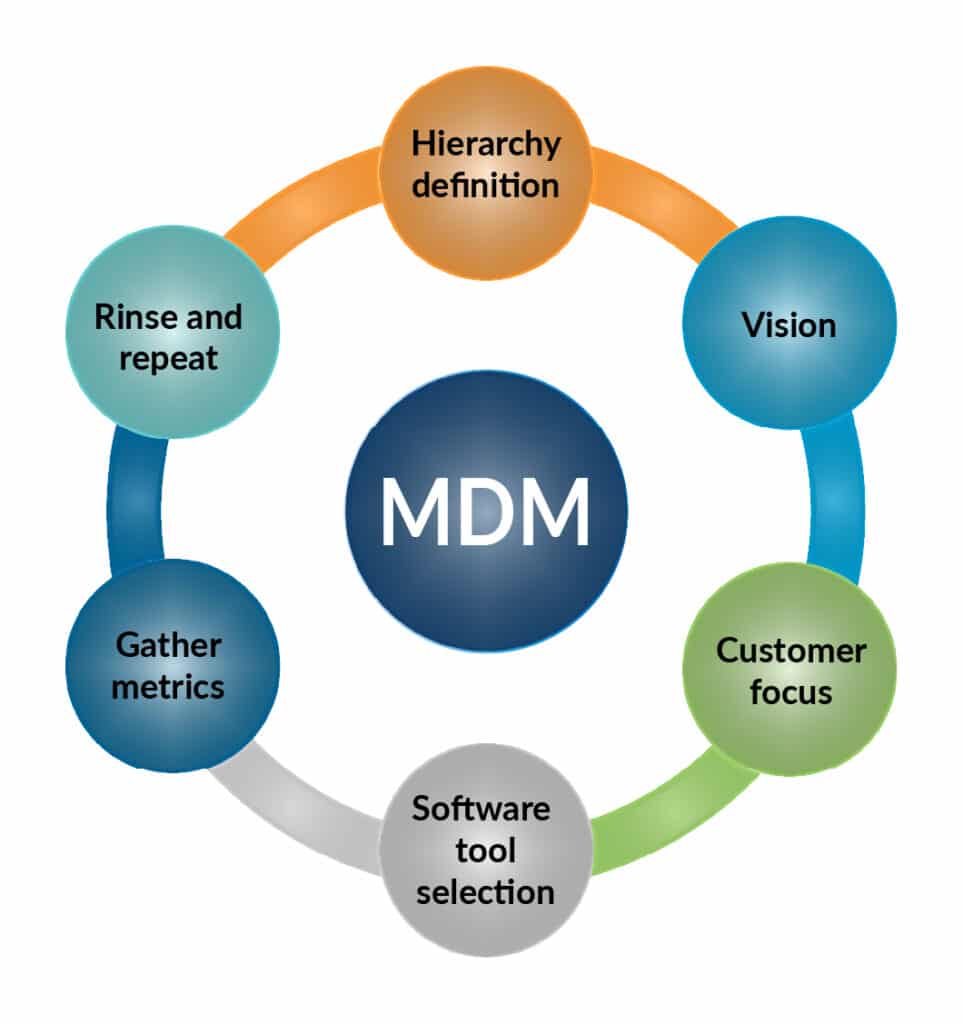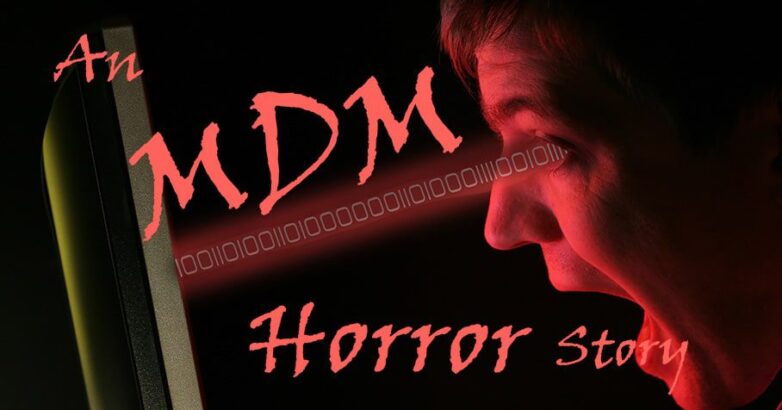Blog by Swati Dora, Prolifics Associate Client Success Leader
A customer opted in a new email ID as the preferred channel for outage notifications. During a planned outage communication, an “Orchestrator System A” sends out a batch data to “Notification Fulfillment System B.” System B sends out emails to all customers that it received in batch. During the outage, the customer called the service center and was furious that he didn’t receive the communication. Upon checking, the agent found that the customer’s profile had the correct opted-in email address. The agent created a ticket for the service delivery team to debug.
System A and System B debug the issue for a few days. They find that there is a logic in system B that routes it to its secondary, internal maintained data, but only in certain scenarios. That’s why the communication was sent to the wrong, old email address. The team rehashed the design and put in the fix. The agent called back the customer and notified him about the fix. But, due to the huge problem the outage caused him, the company lost this customer for life!
In this case, the master data was accurate, but another copy was flawed. Many organizations go through several iterations of development cycles using different applications. Identifying and using the correct tools for Master Data Management is important. A governing advisor committee that guides all applications to use this master data tool is the key.
WHAT IS MASTER DATA MANAGEMENT (MDM)?
MDM is a one-stop solution for businesses that need to improve the consistency and quality of their key data. This creates and maintains a single source of “truth” that helps a business make cost effective decisions. Usually, organizations have several applications and systems where data that gets exchanged can easily become distorted, duplicated or out of date. Using this data to derive any business key performance indicators (KPIs) or fulfill customer needs would lead to wrong results.
Let’s use an analogy as an introduction to MDM. The ancient Greeks believed that there were four elements that composed all matter: earth, water, air, and fire. The four elements were even used to describe people – the elements needed to be in balance for a person to be physically and mentally healthy. Similarly, there are six elements to a balanced and effective master data management strategy:

- Hierarchy Definition: This definition consists of data that stores relationships between other data. This is critical as it aids in discovering relationships among master data.
- Vision: The business must do the groundwork to figure out data profiling and usage patterns, so that relevant data is part of MDM. The enterprise data landscape needs to be accessible by planning authentication and authorization. The business should create a data governance program and council to ensure successful implementation.
- Customer Focus: As MDM can help in removing data silos and combining all operational data, giving a 360-degree customer view. With customer focus as a driver, the business can deliver relevant and personalized experiences.
- Software Tools Selection: Tools will create a master list by cleansing, transforming, and merging source data. There are several available in the market. Choose a tool that supports finding and fixing data quality issues while maintaining versions and hierarchies.
- Gather Metrics: Define KPIs that impact the business as a result of MDM implementation. A few such metrics include Data Quality Score, Data Usage Score, Data Accuracy Score and Data Relevance Score.
- Rinse & Repeat: The MDM solution is a continuous process evolution based on the use cases prioritized by business. Dedicated stakeholders need to revisit and rehash the solution based on feedback and desired metrics.
FINITE BUDGET FITS INFINITE POSSIBILITIES
Different product suites provide a single, trusted 360-degree view into data across an enterprise. A few product suites that I have seen implemented are:
- IBM MDM Cloud and IBM Infosphere MDM: Simplicity, speed, extensive connectors are a few of its great values. The Out-of-the-Box (OOB) specs would cover most of the needs.
- Oracle Data Relationship Management: Solid integration with other Oracle products. Good powerful tool that helps with comprehensive data analysis.
- Microsoft MDS: One of Microsoft’s best programs. Good product for SQL and large-scale data management. Data integration into Microsoft’s other programs is seamless.
A few other suites that I have come across are PiLOG MDRM, SAP NetWeaver and Informatica’s Intelligent MDM Platform. These products have garnered fairly good reviews in the Gartner Quadrant too. Each of these products comes with its own flavors of features and pricing.
WHAT’S IN THERE FOR ME?
- Attain Operational Excellence: As said in my earlier post, there will be a huge influx of structured and unstructured data in the near future, with the need for near- to real-time processing needs, along with emerging industries like EV and smart meters. A vast majority of businesses integrate their data, and there is a dire need to ingest, organize and leverage data to achieve KPIs.
- Mantra for Success: Several industries are paying to get data. If getting data is half the job done, the other half is using data in the smartest way to improve business. Using data skillfully with governance and lineage in place can lead to happy customers; that in turn means success for the business.
MDM is the backbone for any company’s success. Let’s try to keep the MDM strategies and best practices aligned with our core roadmap to reap the maximum benefits and improve customer satisfaction scores!




